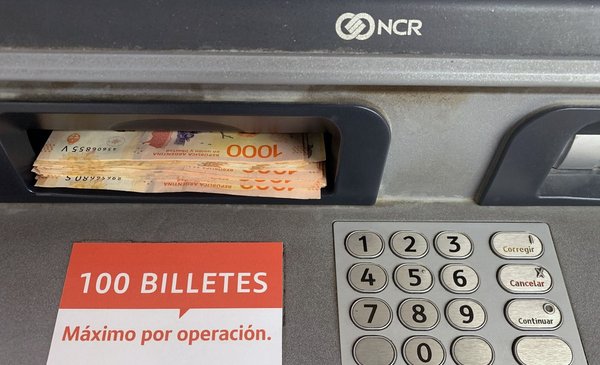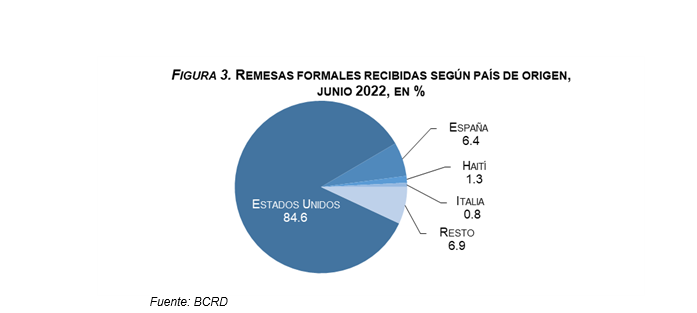The loss of purchasing power of the 1,000 Argentine peso bill (A$) with the figure of the baker it has been remarkable. Since it went public, in nNovember 2017, it has already lost 92% of its value. However, this fall is not the largest for an Argentine bill in history.
The Focus Market consulting firm prepared a report in which it reviewed the greatest losses in purchasing power of the largest denomination Argentine bills in history. There you can see a review of the processes of deterioration that the currency of the neighboring shore has suffered.
“In a historical tour of the local currency we can see that not only was it losing zeros, but the currency sign was replaced several times as a measure to attack inflationary issues”, marked the work carried out by Damián Di Pace’s firm.
The escalation of inflation, he adds, would be causing the purchasing power of money to be lost more and more rapidly. “Prices begin to rise so much from one day to the next that tickets are no longer worth anything,” the report said.
Gold medal: the million pesos law of the 80′
The Argentinian bill of greater denomination that lost its value the mostaccording to the survey of Focus Marketit was the one of 1 million pesos law. It aired on November 25, 1981, but 48 months later it was worth less than A$1,500.
The economic situation, recalled the consultant, was so critical that “the usual amounts of money did not enter the calculating machines of that time.” That is why in July 1985 the end of the legal term began and in October of that year its total demonetization was carried out (that is, it was not only not exchangeable in stores but also in the BCRA).
Escort: the 10,000 Argentine pesos of 1985
After the end of the Peso Law 18,188, the firm recalled, it was replaced by a new currency that would stabilize the high price variations. This gave way to the Argentine peso (A$).
The highest denomination note was the A$10,000 note issued in April 1985. But 39 months later, in July 1988 and after an average inflation of 650%, this ticket lost 100% of its value.

Close the podium: 500,000 australes
In third place was the well-remembered 500,000 austral banknote. “At that time, the banknote with the highest denomination was 500,000 australes, which had its first issue in November 1990 and with a demonetization date in January 1993, that is to say that in 27 months the austral lost its entire value.
“The loss of value of the currency and more specifically of the bill with the highest denomination in the country is only a sample of the deterioration that inflation generates to all the elements of the economy. In addition to the collapse of more than 90% of the purchasing power of this note, the government, in the face of price escalation, only uses the tool of changing the series and design of paper money,” said Di Pace.

The low flight of the baker: today’s A$ 1,000
In fourth and last place, Focus Market placed the current A$1,000 bill, which bears the figure of the baker.
Issued in November 2017, 54 months ago, the bill hit the streets with a value equivalent to US$51.87. But Today, adjusted in dollars, the value reached US$ 3.70.

While 22 years ago the second smallest denomination banknote —i.e. the A$5 that had the figure of Saint Martin— was worth $5, recalled the consultant headed by Di Pace. “Today the highest denomination billwhich will also have the figure of San Martín, will start at $3.70. In other words, the highest denomination bill will have less real value than the second lowest denomination bill from 22 years ago.”
The Chronicler-RIPE

















